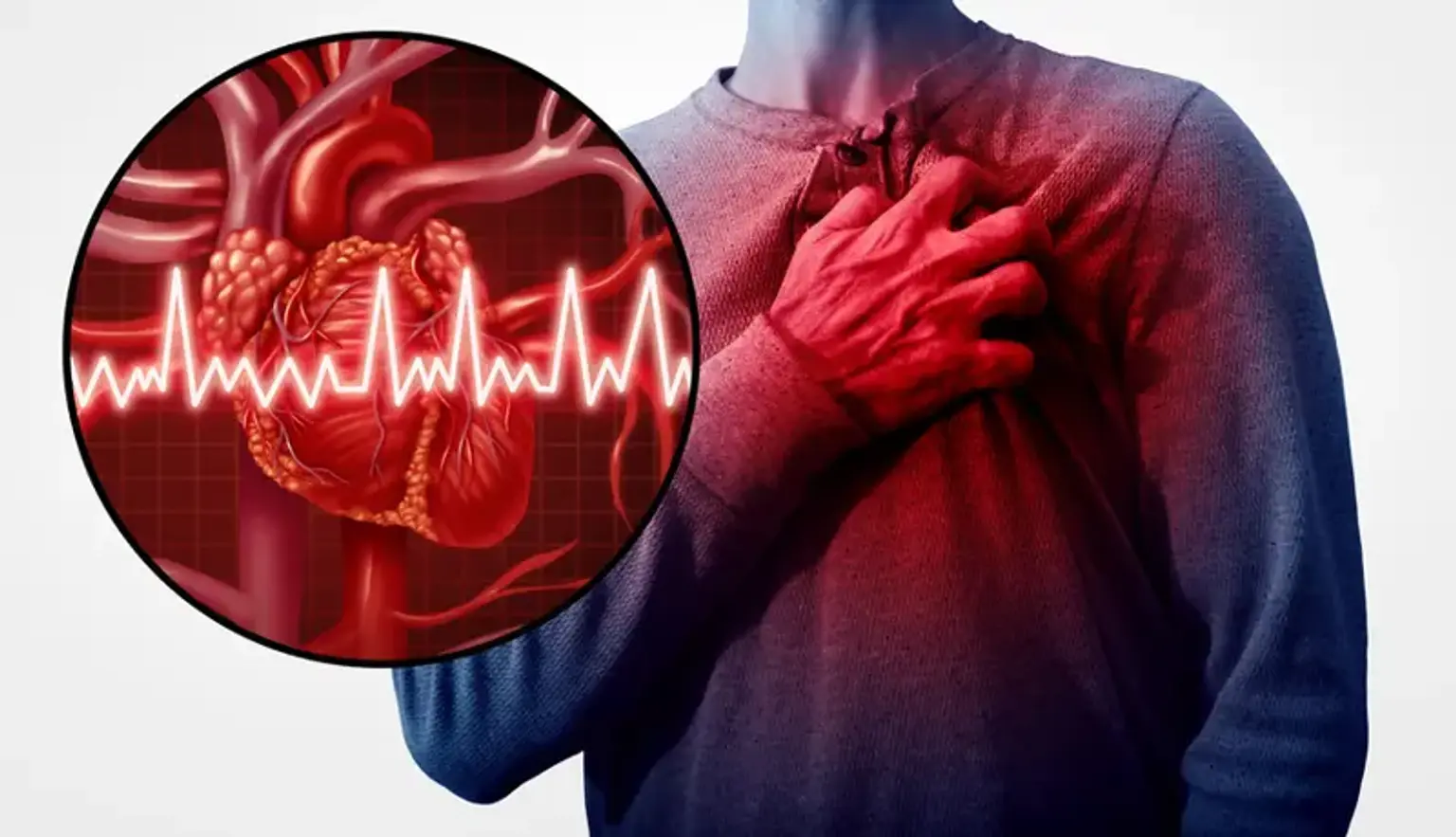ST-Segment Elevation Myocardial Infarction (STEMI)
What is an ST-elevation myocardial infarction?
Acute myocardial infarction is the loss of myocardial cells caused by a long-term imbalance between perfusion and demand. The most common cause of ST-elevation myocardial infarction (STEMI) is full atherothrombotic blockage of a coronary artery. A heart attack is referred to medically as a myocardial infarction. An infarction is an obstruction of blood flow to the heart muscle, the myocardium. Because of the obstruction, the heart muscle dies.
An ST-elevation myocardial infarction (STEMI) is a more dangerous form of heart attack with a higher risk of significant complications and death. It derives its name from the fact that it mostly affects the lower chambers of the heart and alters how electrical current flows through them.
A STEMI is a kind of myocardial infarction that results in a specific pattern on an electrocardiogram (abbreviated either as ECG or EKG). This is a medical test that employs multiple sensors (typically 10) applied to your skin to detect electrical activity in your heart. This action is then exhibited on a paper readout or a digital display as a wave pattern. The various components of the wave are identified with letters beginning with P and ending with U.
